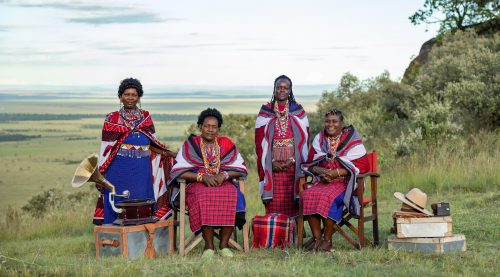
When Mama Jane was a young girl, the area where Angama Mara stands and the surrounding hills (or kopjes) were used for grazing cattle. They were also home to fruit trees which attracted many bees; as children, they loved coming here to fill their tummies with both the fruit and honey.
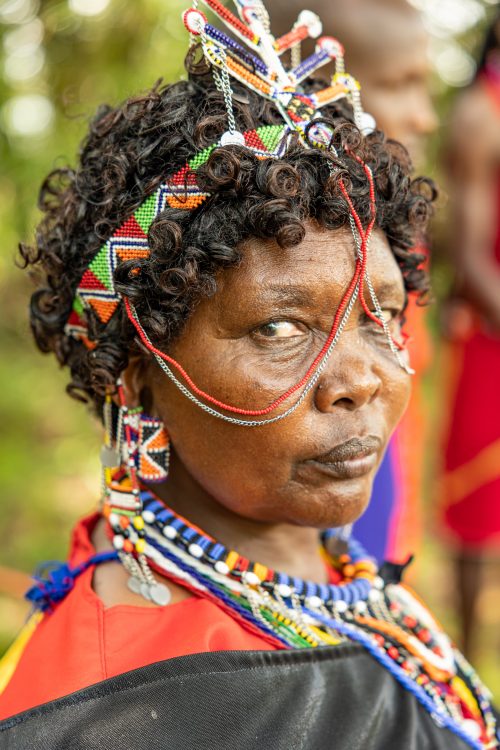
The bees had built their hives behind the rocks rather than in the trees, so the children could easily access them, making a small fire to smoke the bees out before covering themselves with animal skins and heading to the hive. With a traditional Maasai diet of meat, blood and milk, to spend a day eating the rich golden syrup was a special treat.
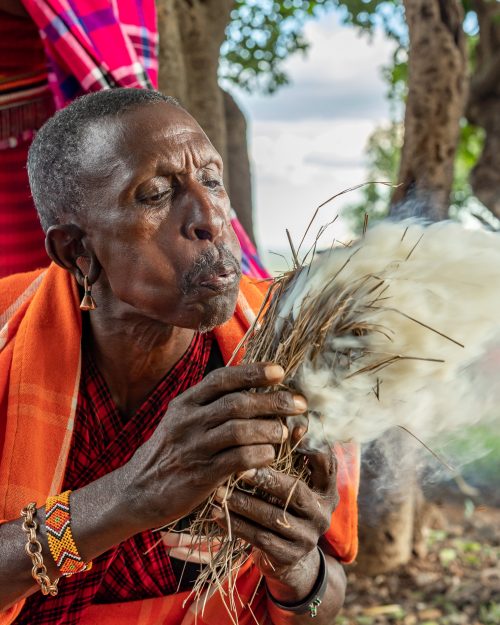
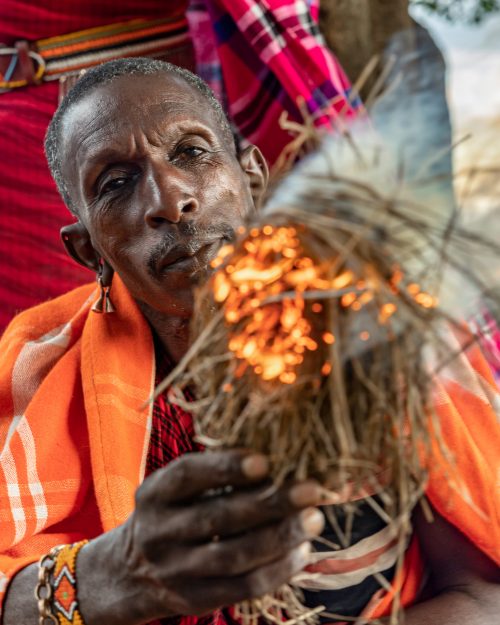
For some reason, the cows were so calm and at home here that the children could drink milk directly from their teets — the freshest milk on earth. If one cow was feeling particularly anxious, the children would sing to it while taking turns drinking its milk.
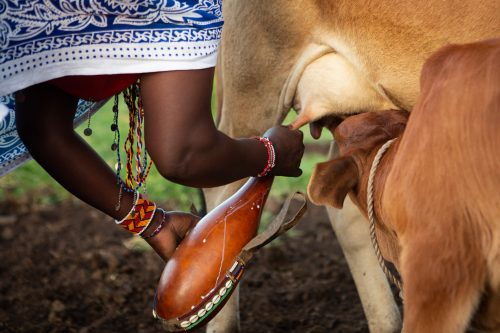
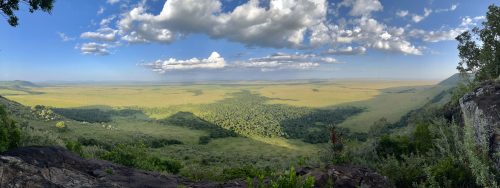
The Out of Africa kopje, known as Kalema, or “the place where cows are slaughtered”, was always a sacred place. The Maasai shamans would stay here when conducting rituals, predicting if the community would be healthy or if the warriors could journey to Tanzania and steal cows. After the warriors had eaten and gathered their strength, they would consult with the shaman to see if it was safe for them to set out. After the Maasai people abandoned shamanism and converted to Christianity, Kalema became a place of worship. Men and women would go there to pray, fast alone and seek answers or comfort.
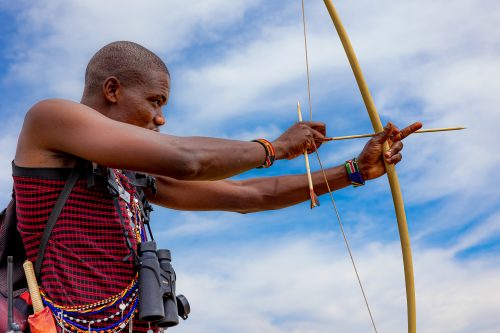
For the warriors, these hills were also a place where they could hide and eat their meat. To this day, Maasai warriors can’t be seen eating near their village — it is a sign of weakness. They would also practise their fighting skills here, competing with spears to see who was the best and could stand in the front line should they need to defend their village. The marks from their spears are still visible in some of the trees.
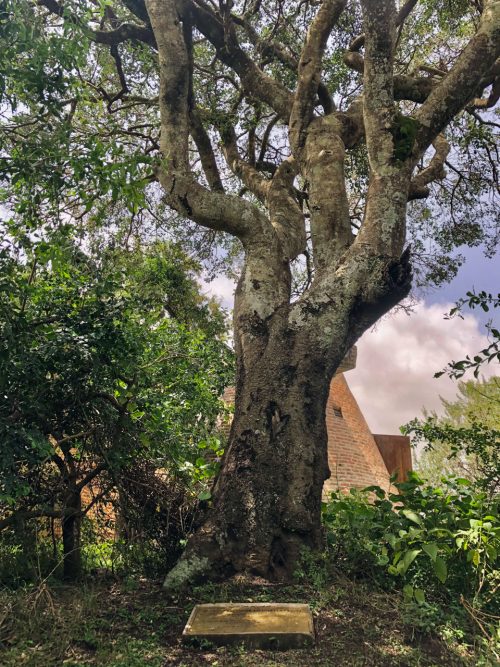
One day many years ago, Mama Jane went to fast at the hill where South Camp now stands, referred to as Ilama (after the ilama fruit trees found there). Along the way, she came across a herd of elephants and quickly took shelter under the large moth tree. There, she discovered a cement grave marker. Years later, when Angama Mara was being built she showed it to us — we placed a plaque in honour of Denys Finch Hatton here, at the very same spot where the character’s burial scene was filmed in the film, Out of Africa.
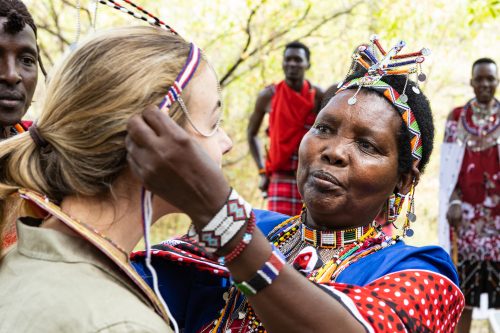
Despite the change in their beliefs over time, the hills around Angama Mara are still sacred to Mama Jane and her community. When the old Olkurruk Lodge burnt down on this site in 1997, they came to the moth tree to pray for the lodge to be rebuilt as it had brought positive change to the community. It seems their prayers were answered.
Filed under: Inside Angama
Subscribe for Weekly Stories
Comments (0):
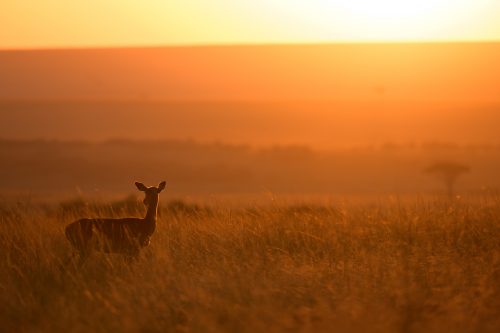
Rates & Availability